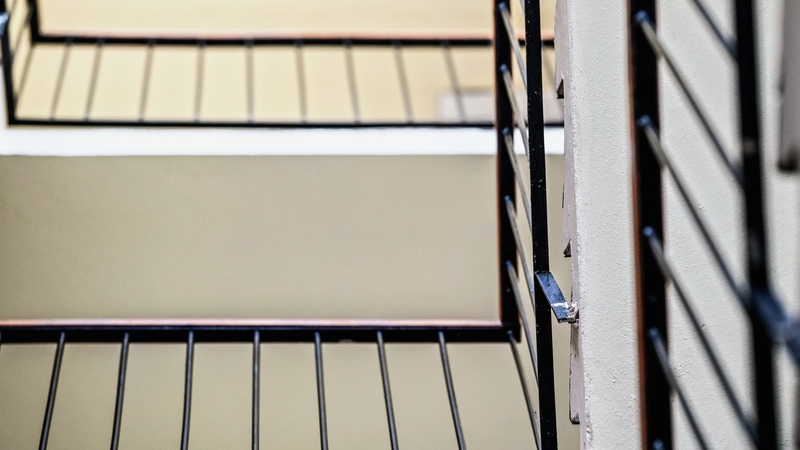
With so much going on around building safety, it can be difficult to keep track on the proposed requirements around second staircases in high-rises. Here, Simon Lewis and Michelle Essen summarise where things currently stand.
Why is everyone talking about staircases?
In December 2022, the government announced that it was “considering rules to mandate second staircases in new residential buildings over 30m” – which is about 10 storeys high – through a consultation.
That consultation ran for 12 weeks between December 2022 and March 2023 (also covering a number of other issues, such as sprinklers in new care homes, and construction products).
What did the consultation say?
In brief, the consultation, which applies to England only:
- noted that Approved Document B “does not set a threshold above which more than one staircase must be considered” for blocks of flats;
- said the Department for Levelling Up, Housing and Communities was concerned that “some tall residential buildings are being designed with a single staircase without due consideration by the designers on the level of safety provided and the necessary resilience”;
- highlighted the benefits of a second staircase – including increased resilience for extreme events, reduction in the clash between emergency responders going into the building and residents rushing out, and the need for an alternative route of escape;
- acknowledged that the proposal for a second staircase “could make developments unviable due to a reduction of saleable floor space” and that increased costs would be “likely to reduce the amount of affordable housing”;
- confirmed that there would be “a very short transition period before implementing the changes”. The timeframe for this “will allow time for schemes to be completed but should not allow the opportunity for developments to get off the ground ahead of the new requirements coming into effect”.
Only new residential buildings
The consultation also clarified that the proposed changes around second staircases would only apply to new residential buildings. Existing buildings falling within the new building safety regime would have a safety case instead, through which the accountable person would show how they manage fire and structural risks.
The government estimated the cost of various height thresholds for introducing the second staircase requirement into new buildings. While its preferred policy option was for a 30m+ threshold – which it broadly estimated would cost businesses and society £1.6bn over 10 years – it also estimated the costs for thresholds of 11m+, 18m+ and 50m+.
Finally, the consultation encouraged all developments to start preparing for the changes now.
The construction industry reacts
While the consultation was still open, the mayor of London announced that “with immediate effect, all planning applications which involve residential buildings over 30 metres in height will need to be designed to provide two staircases”.
In the following weeks, the industry press reported on the various reactions from the construction sector. As anticipated by the consultation, some schemes were reviewed again and either paused pending the outcome of the consultation or abandoned.
However, more widely, industry groups responded positively. The London Fire Brigade supported second staircases. And RIBA, RICS, CIOB and others (including disability groups) wrote jointly to Michael Gove asking the government “to reduce the height threshold for more than one staircase in new residential buildings to 18 metres”. They also stated that this would also align with the Scottish rules “where an additional staircase from 18 metres has been required for four years”.
The ceiling is lowered
The formal outcome of the consultation has not been announced.
However, in late July, Michael Gove published a statement that he was “providing much-desired clarity to builders that 18m will be the threshold that we will introduce for new buildings requiring second staircases… there will be transitional arrangements in place to make sure that there is no disruption to housing supply”.
Looking back at the consultation, the cost of the 18m+ threshold for businesses and society over 10 years was estimated to be £2.5bn.
What next?
We are now awaiting the detail following on from Michael Gove’s statement, including when these changes will come into force, and how long any transitional periods are and how they will work.
In the meantime, those procuring, designing and constructing these affected buildings should consider what their position is, including:
- the stage that their project has reached, if it is already underway;
- whether they can include the necessary second staircase or must go back to the drawing board;
- what obligations they have to any other interested parties, such as under property or funding agreements; and
- the time and cost implications of these changes.
Simon Lewis is partner and Michelle Essen legal director at Womble Bond Dickinson. For more information on building safety, you can visit Womble Bond Dickinson’s Building Safety Hub and check their Building Safety Brochure.











